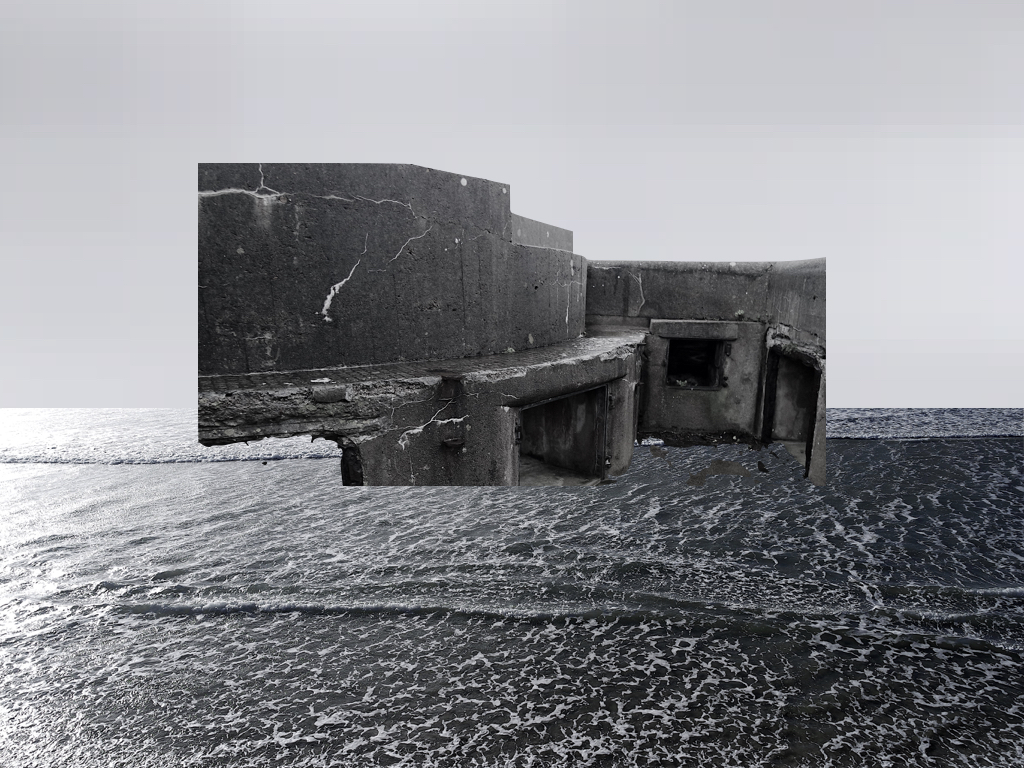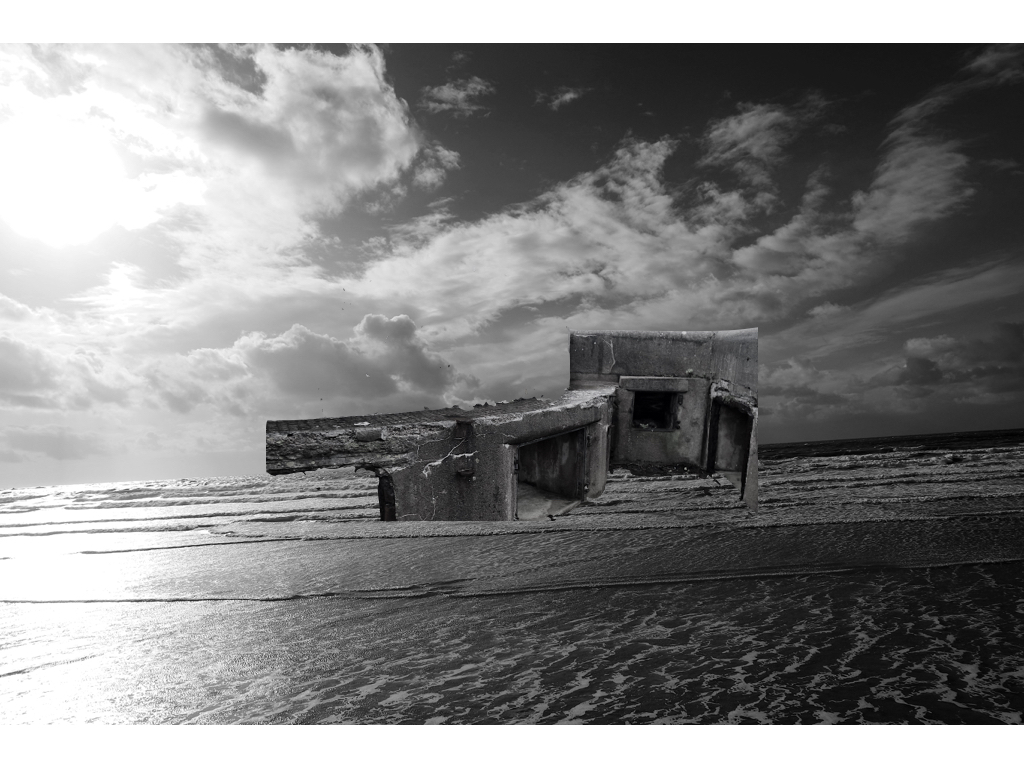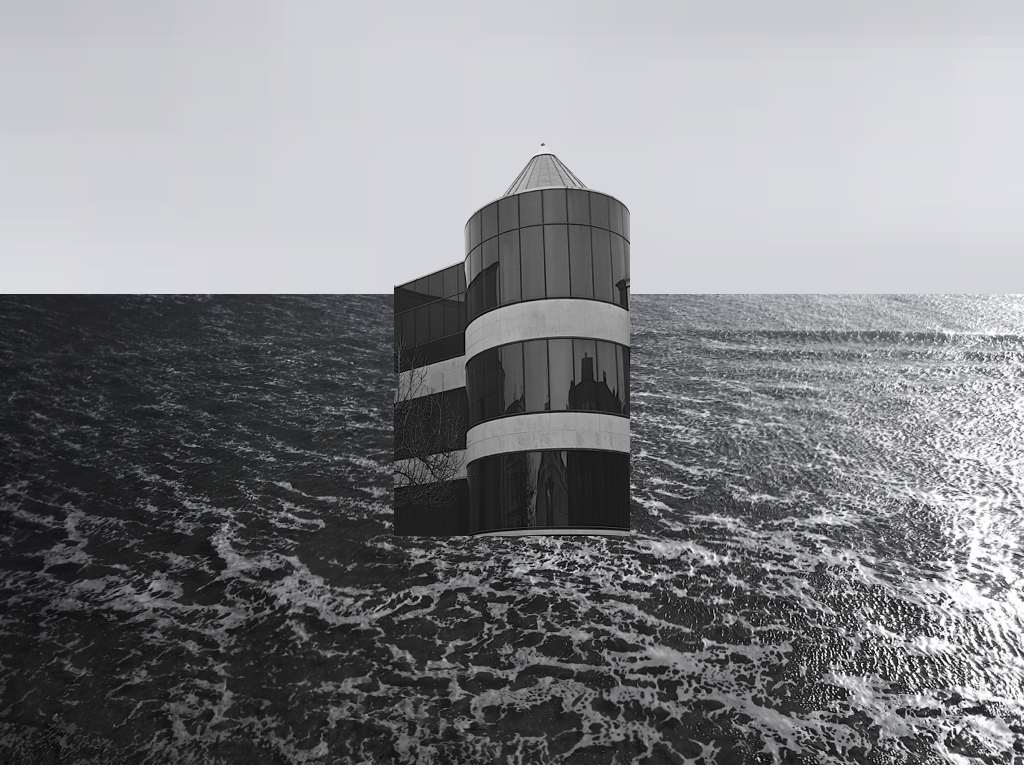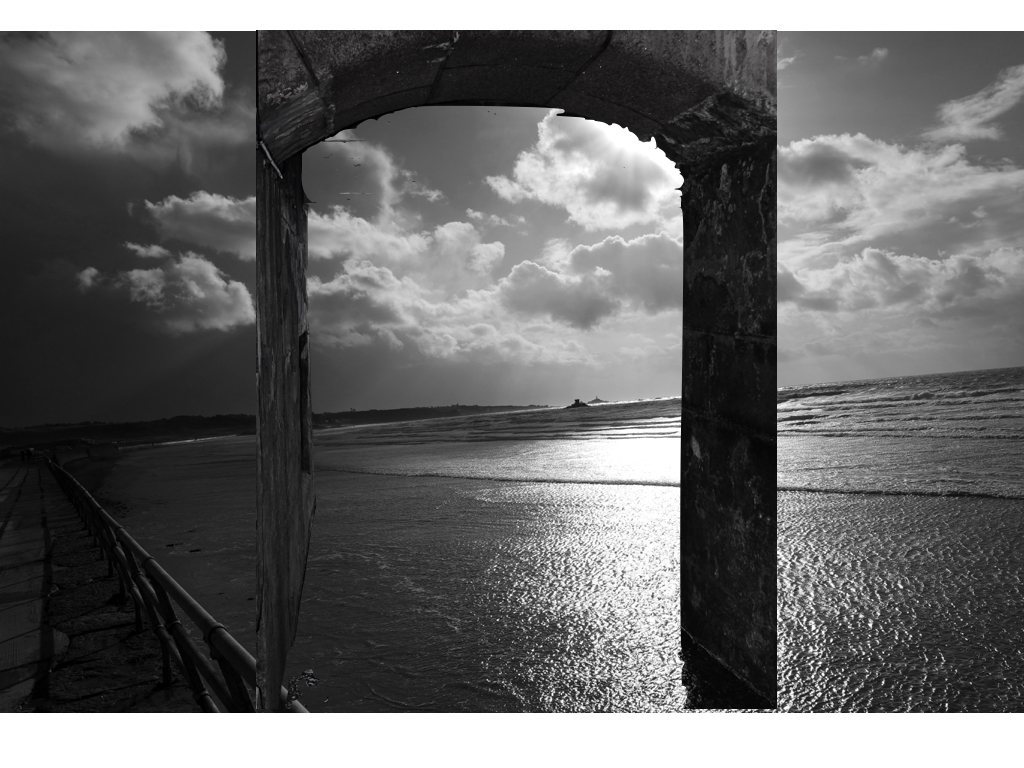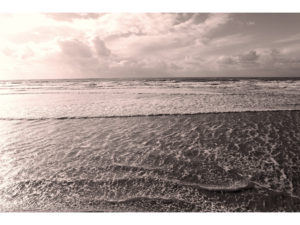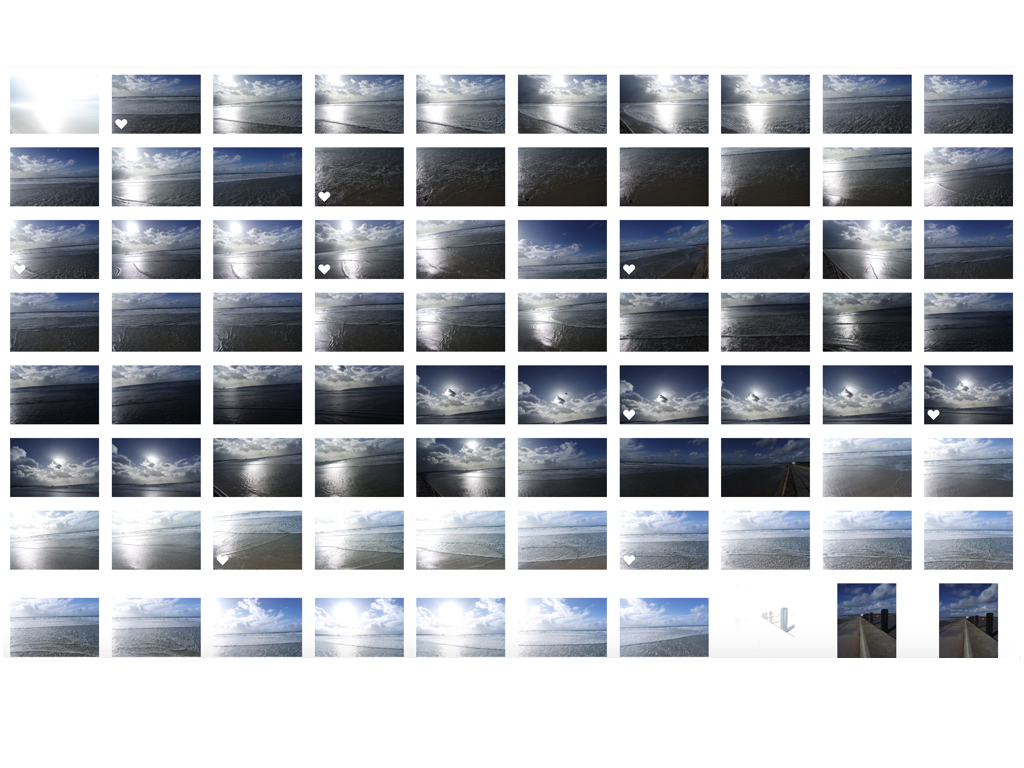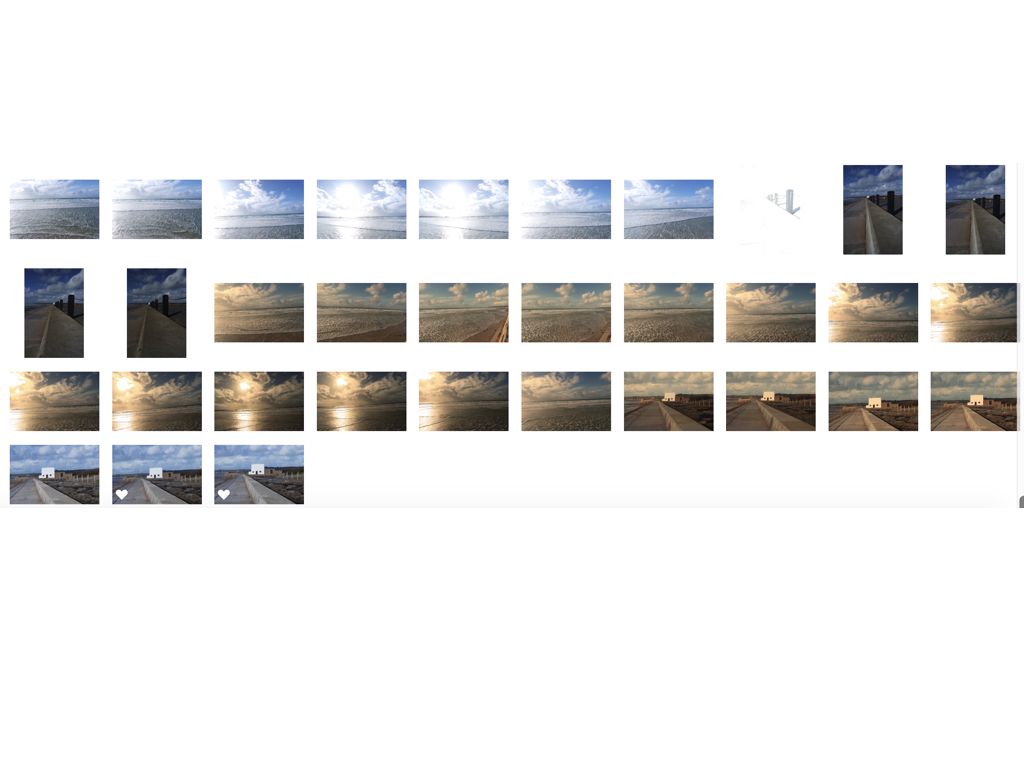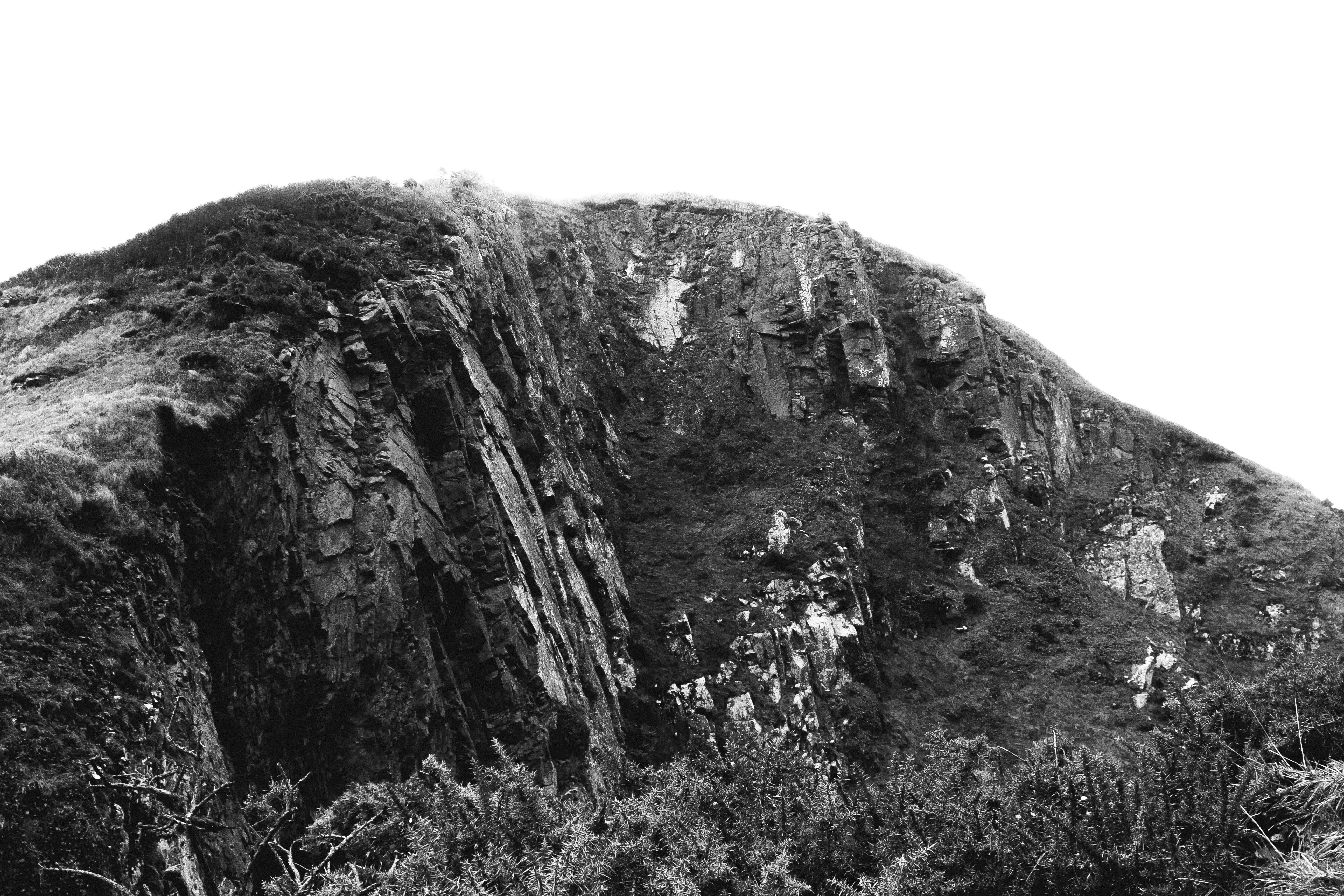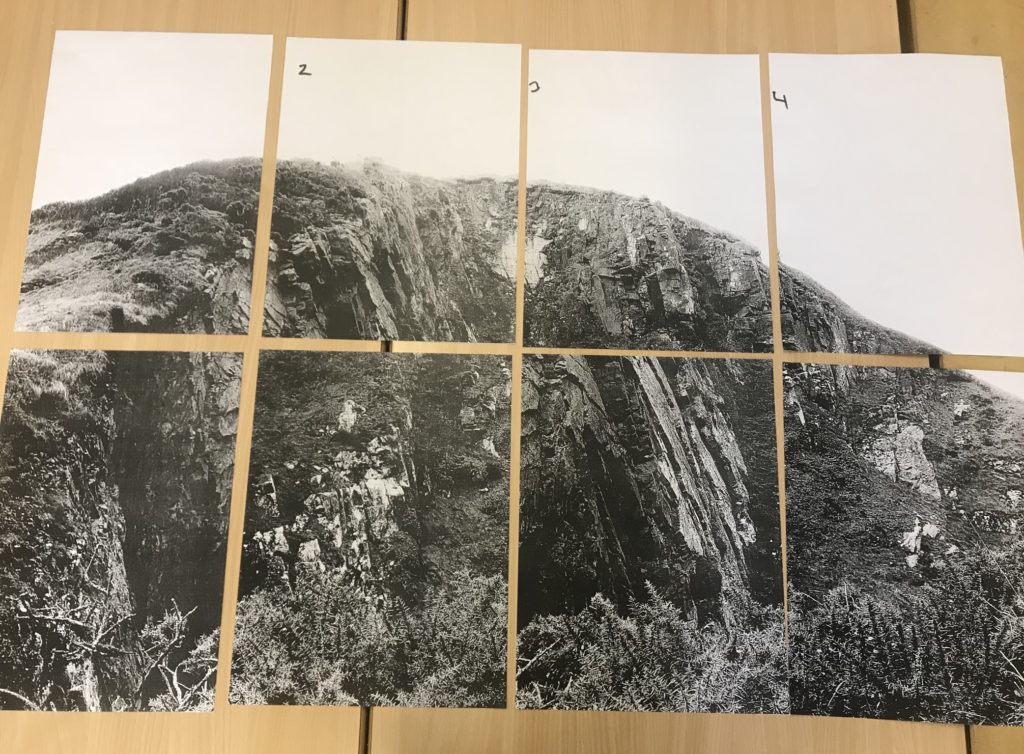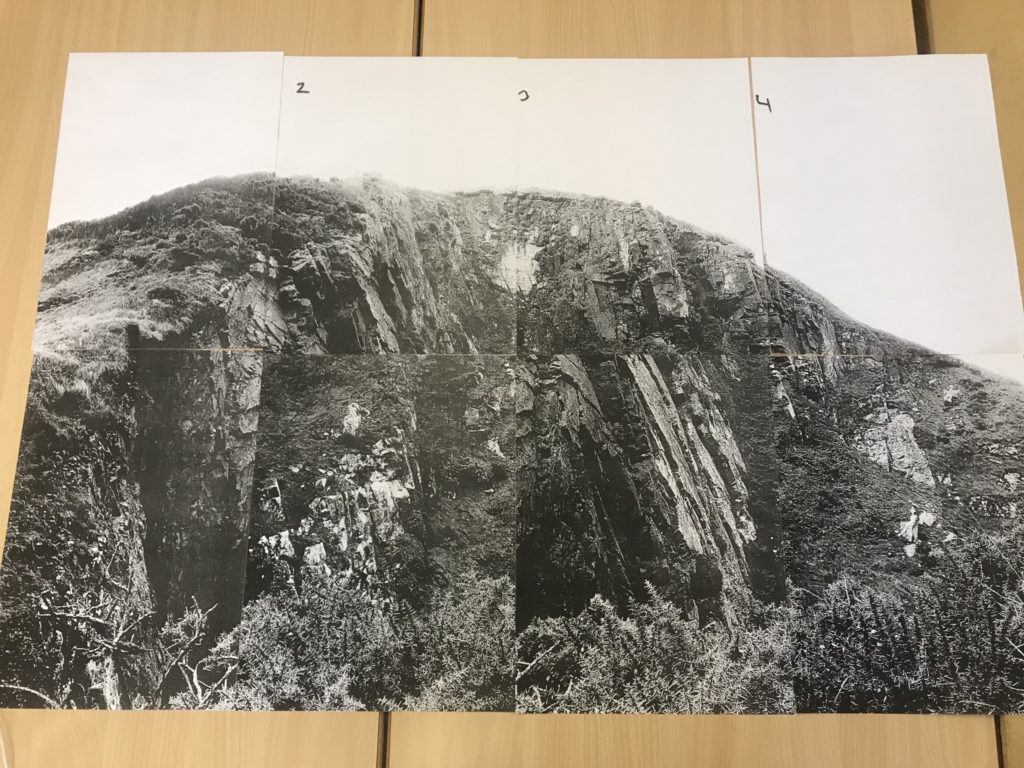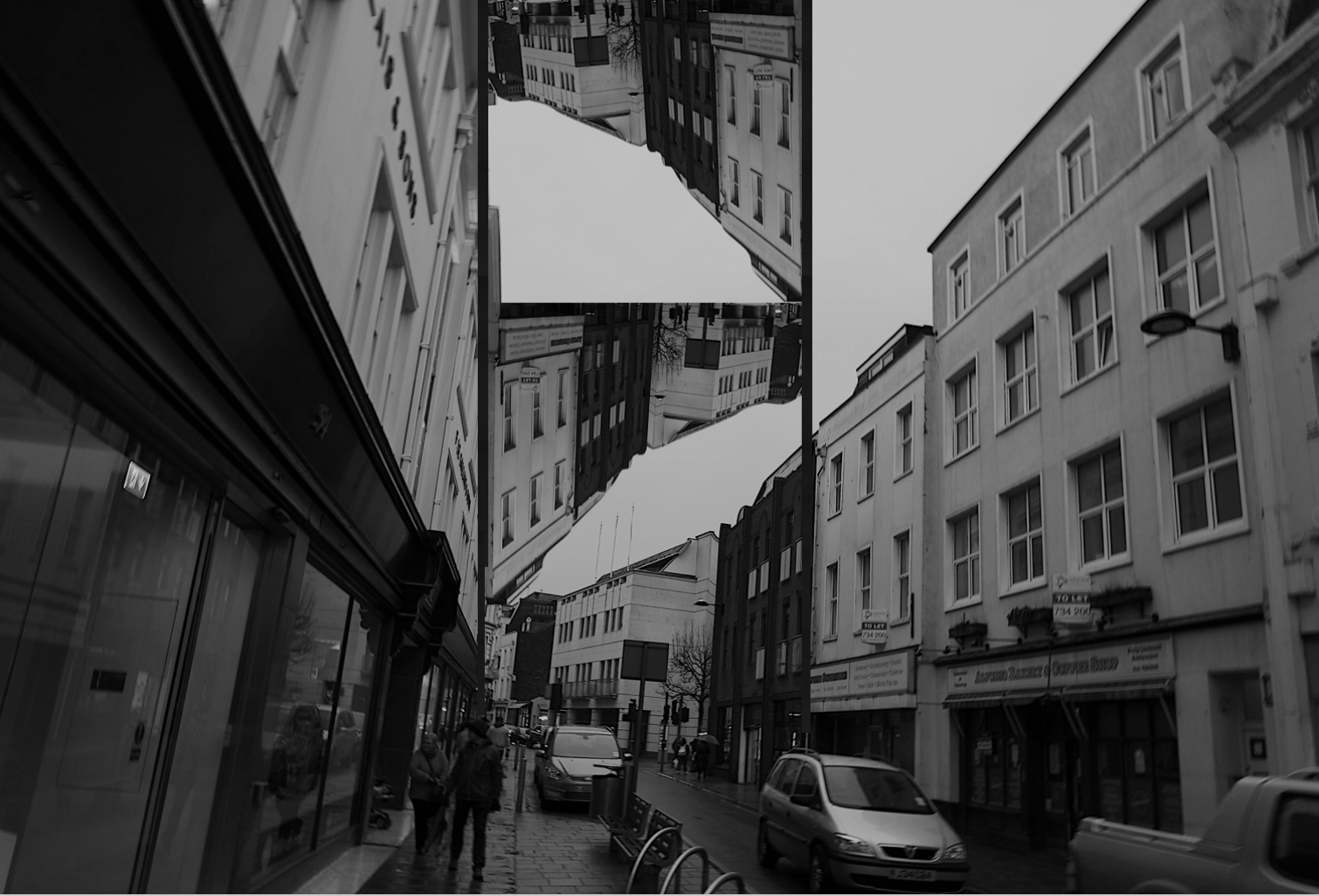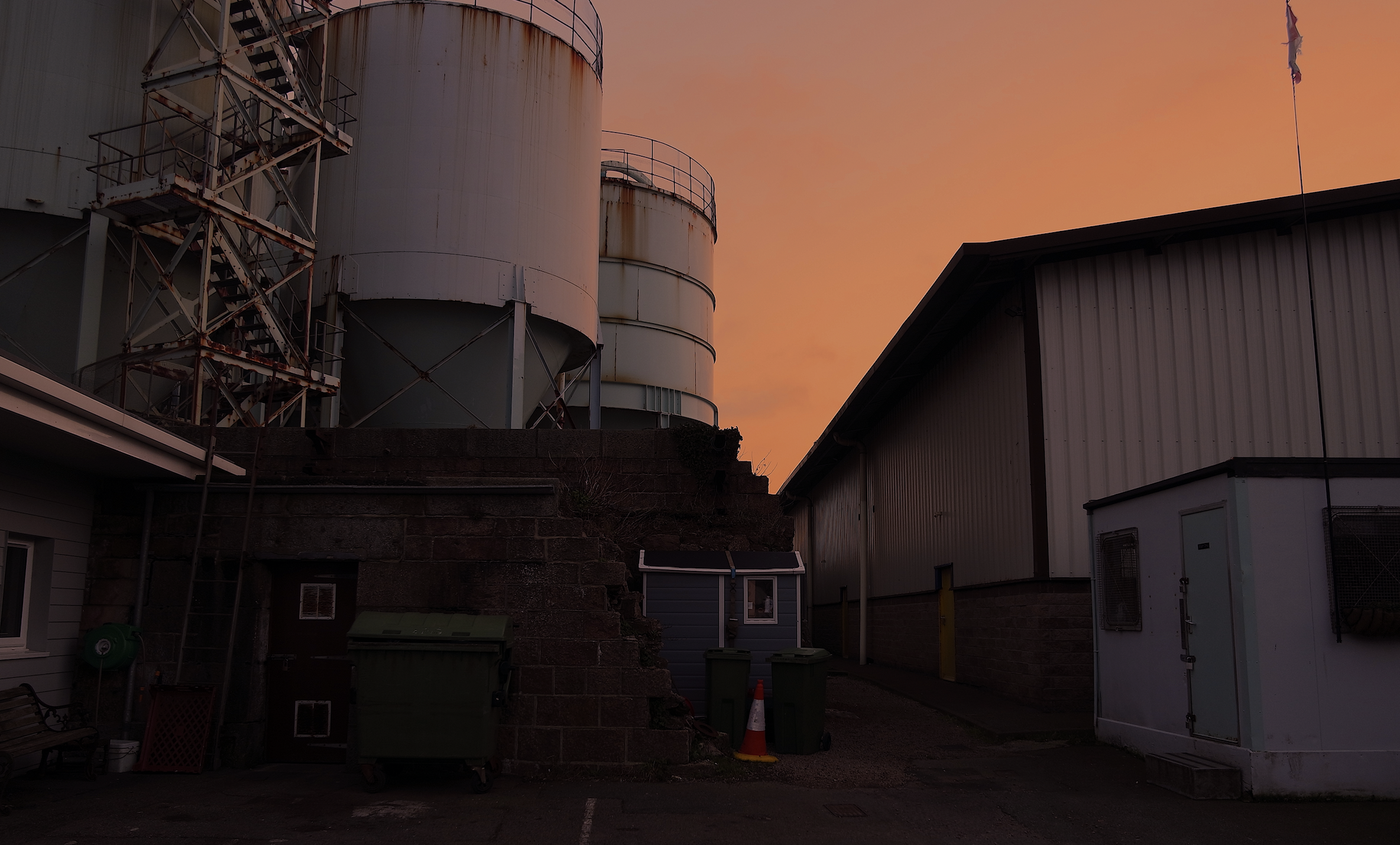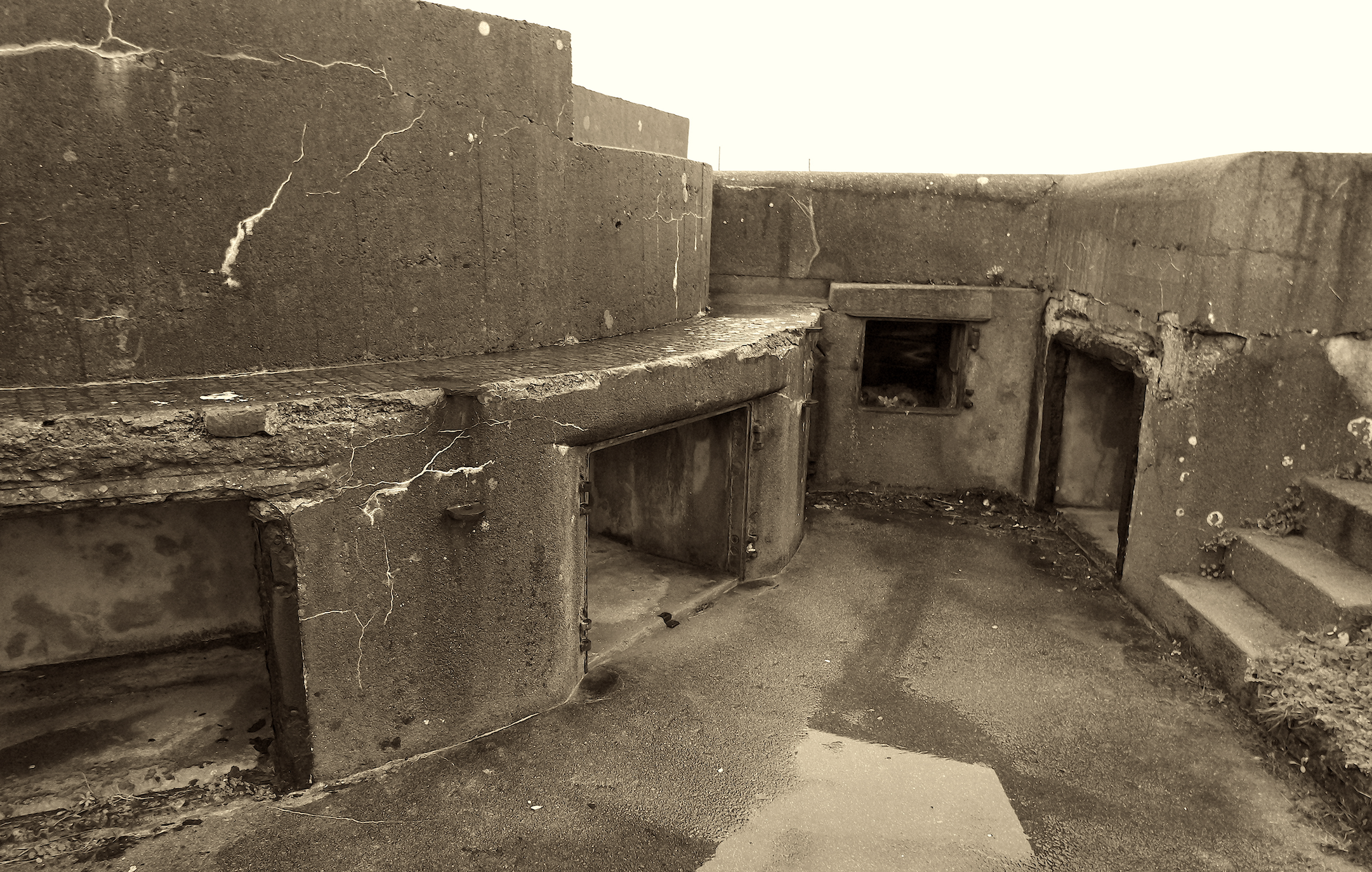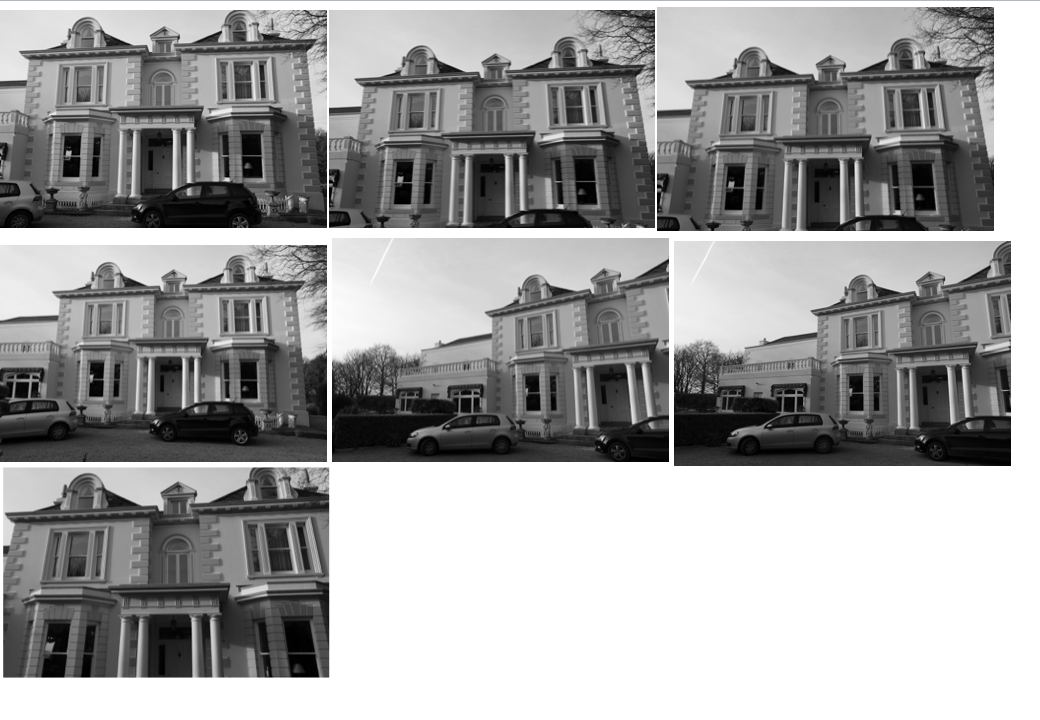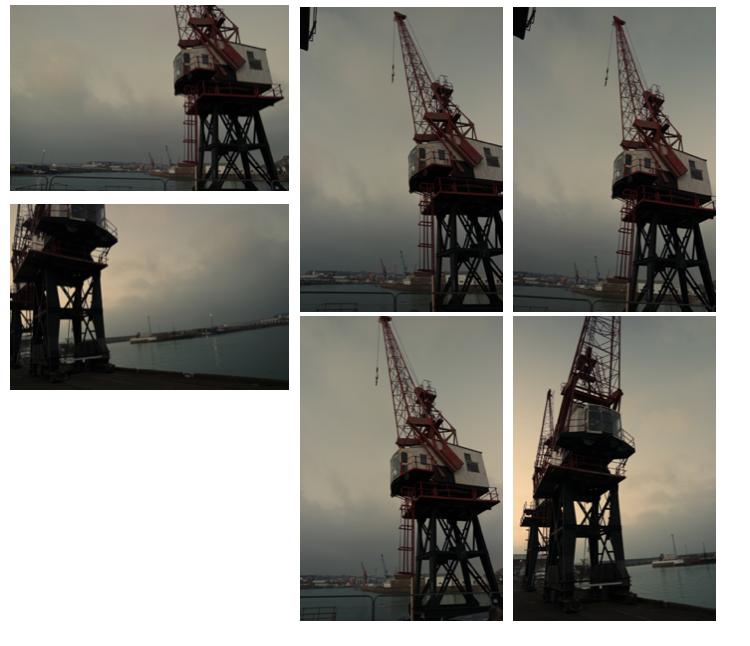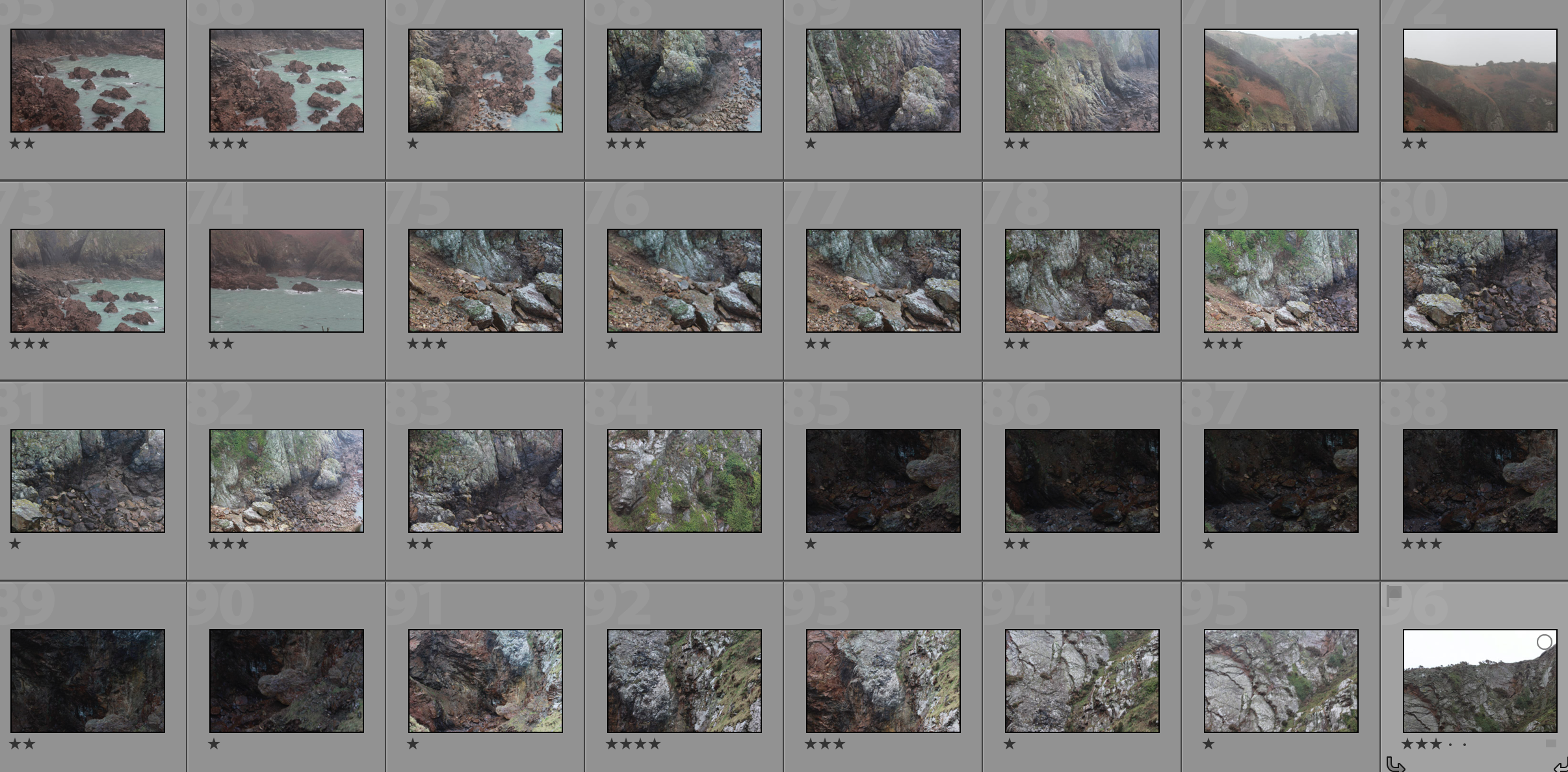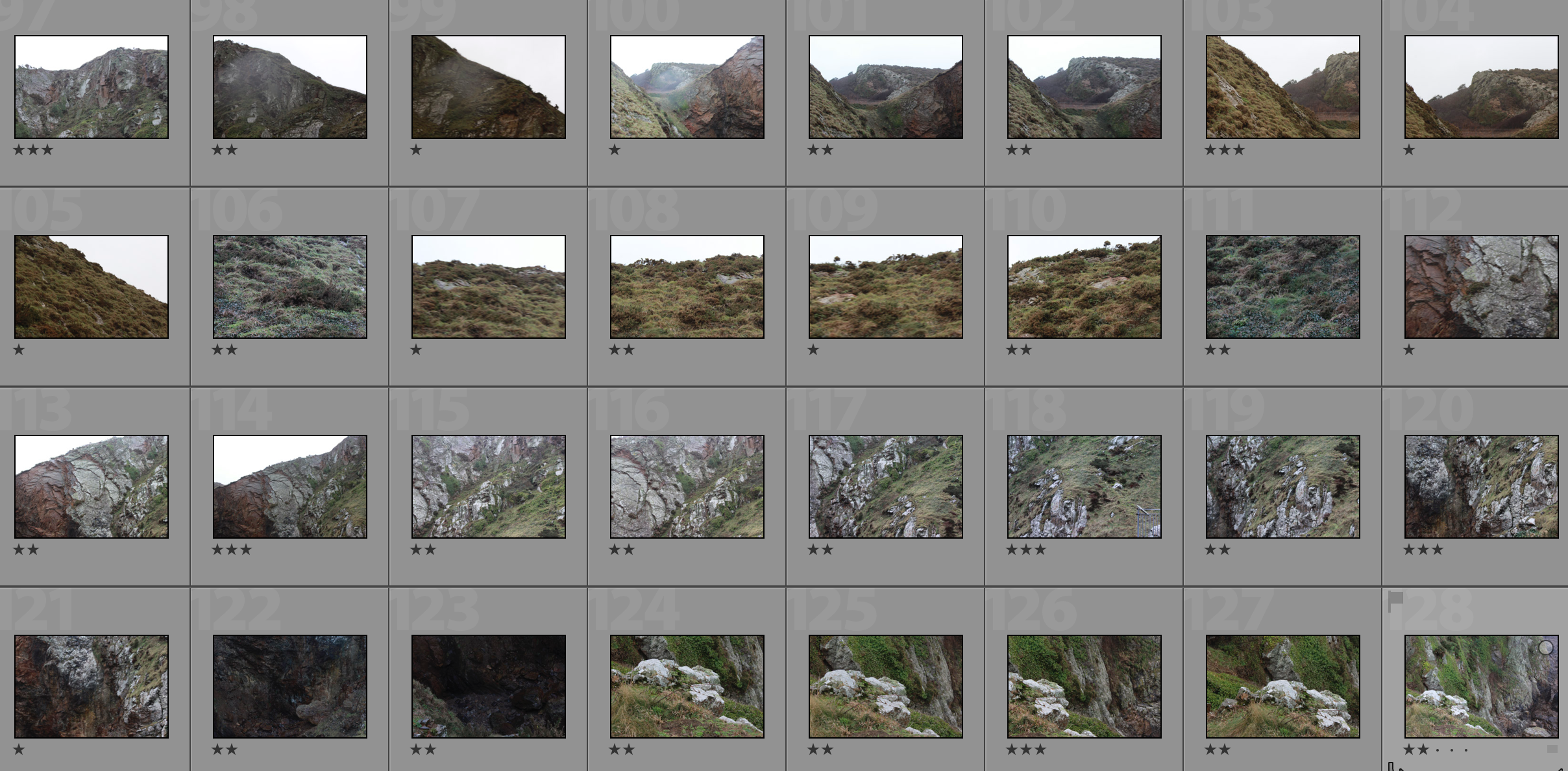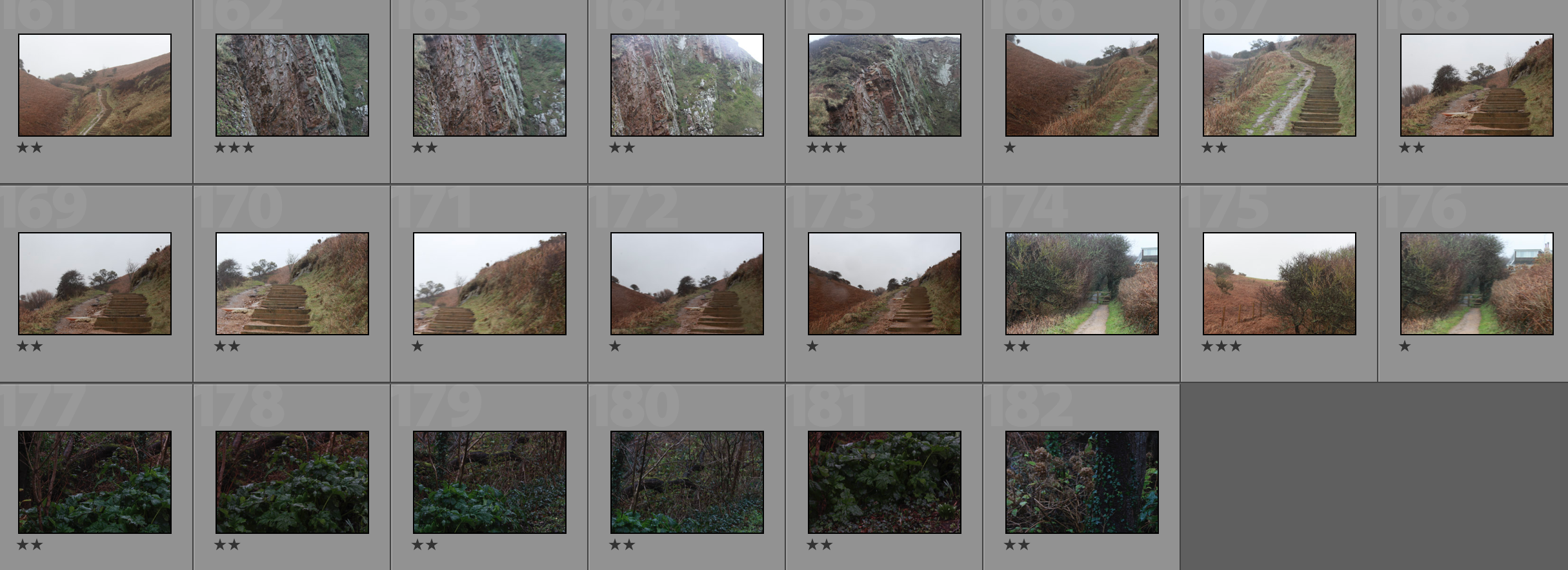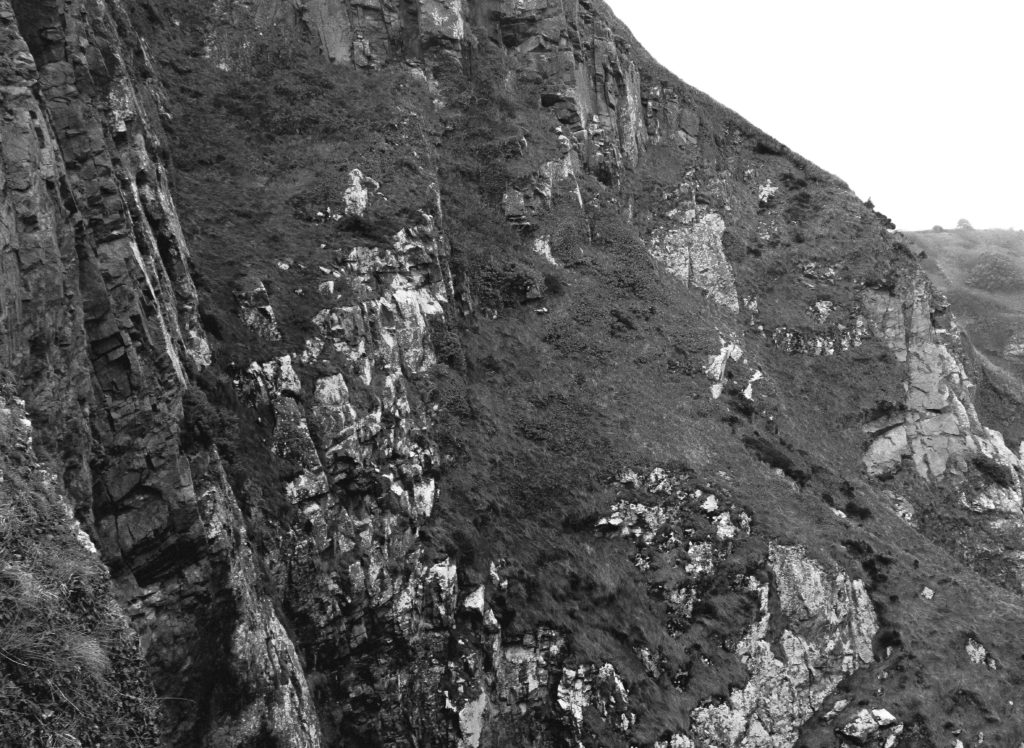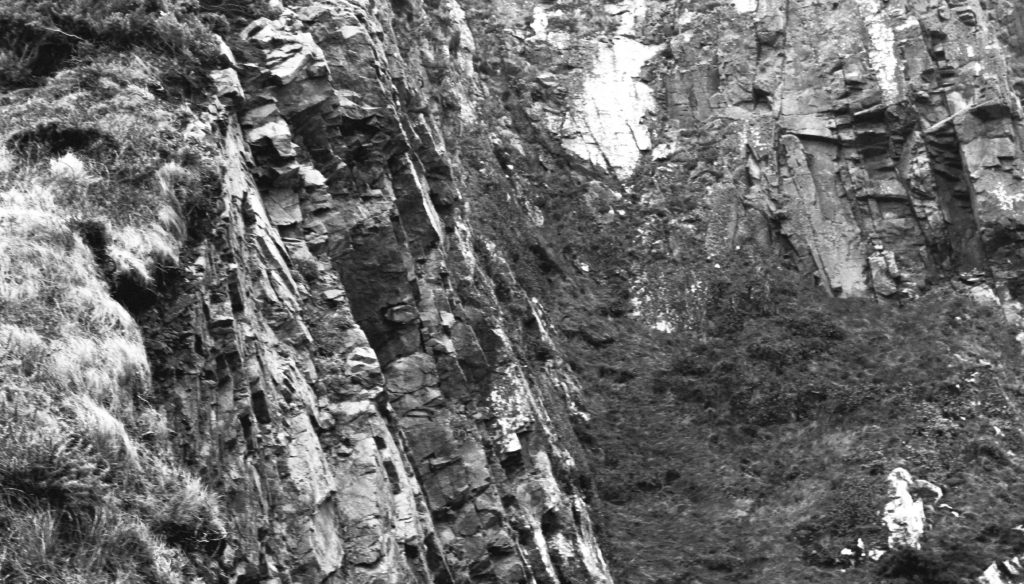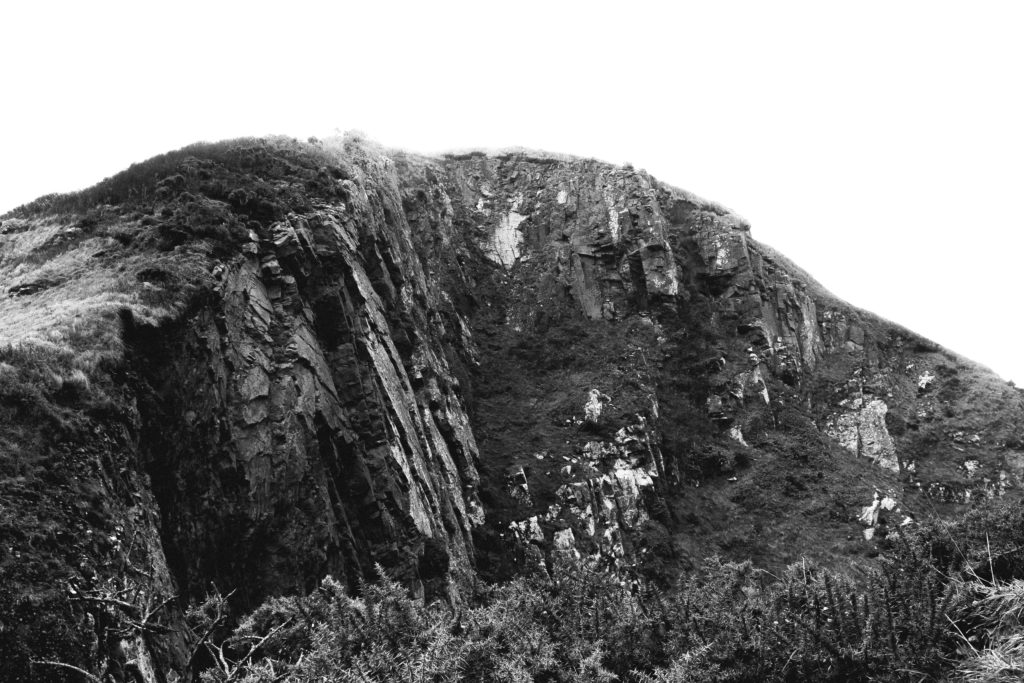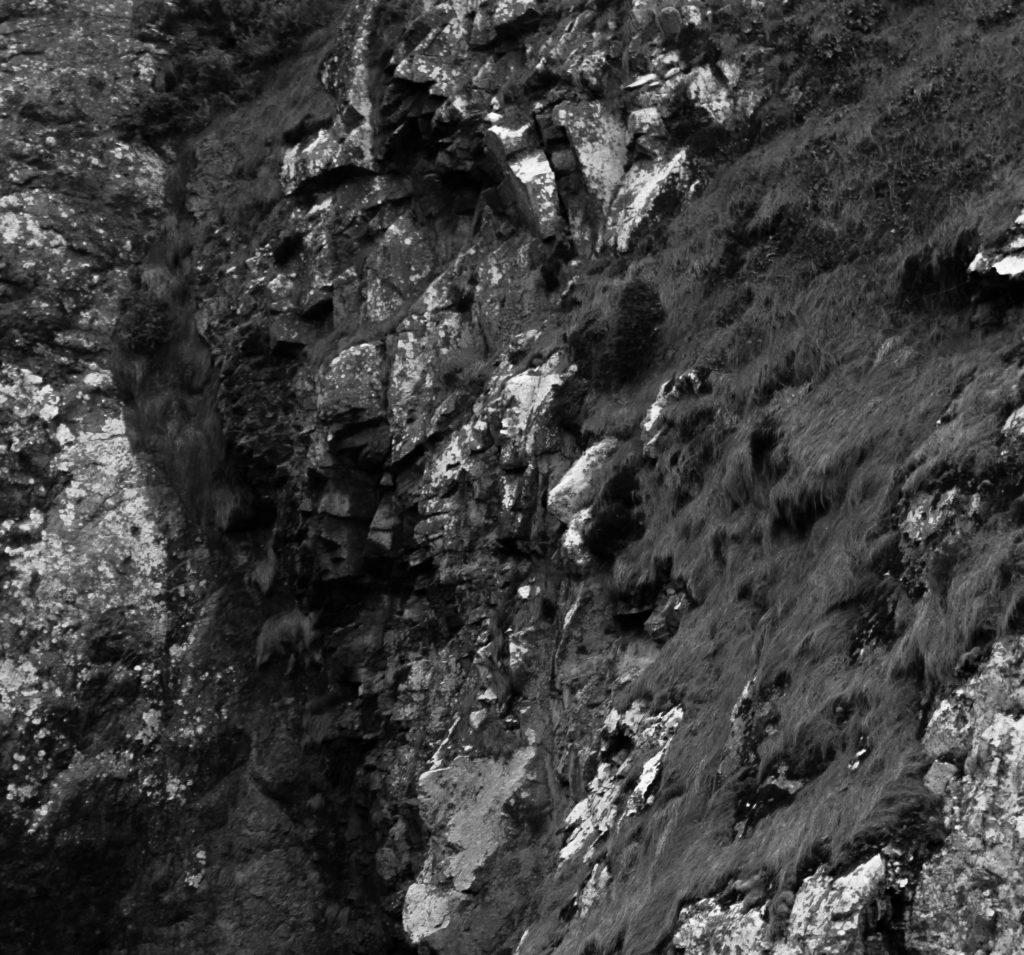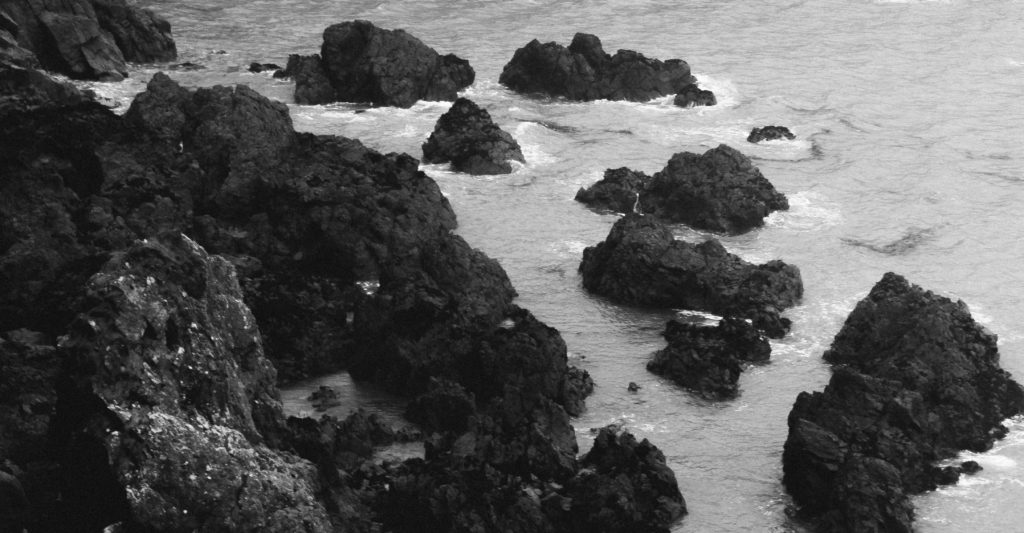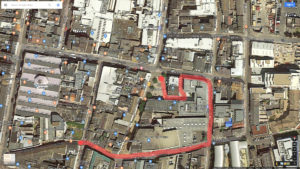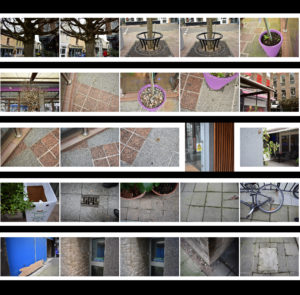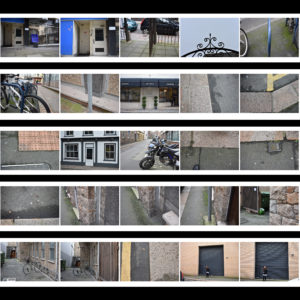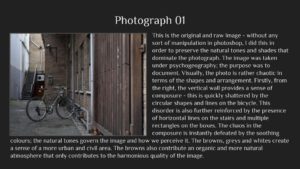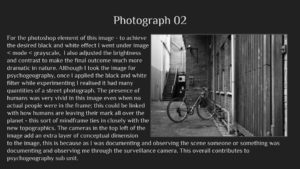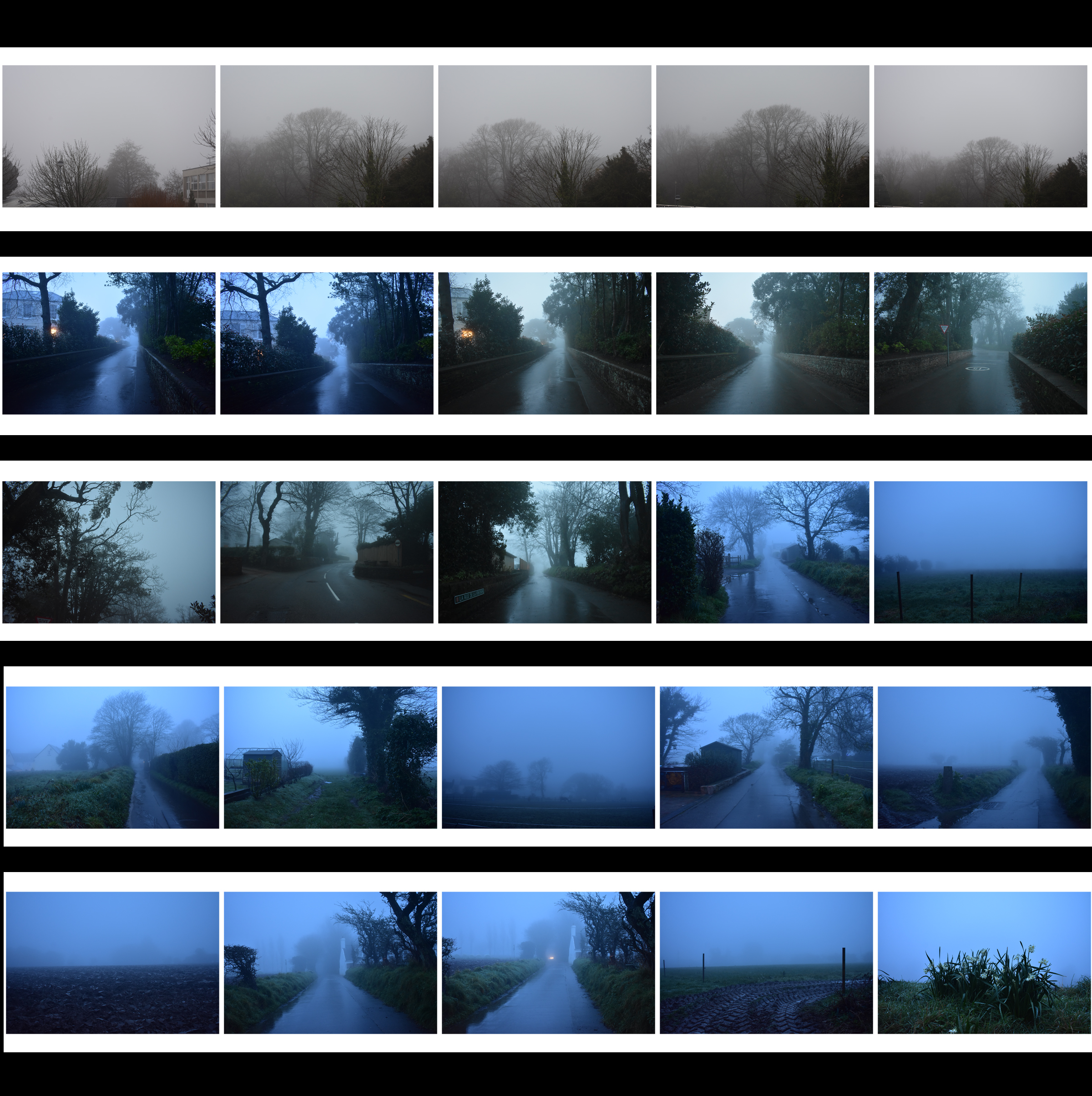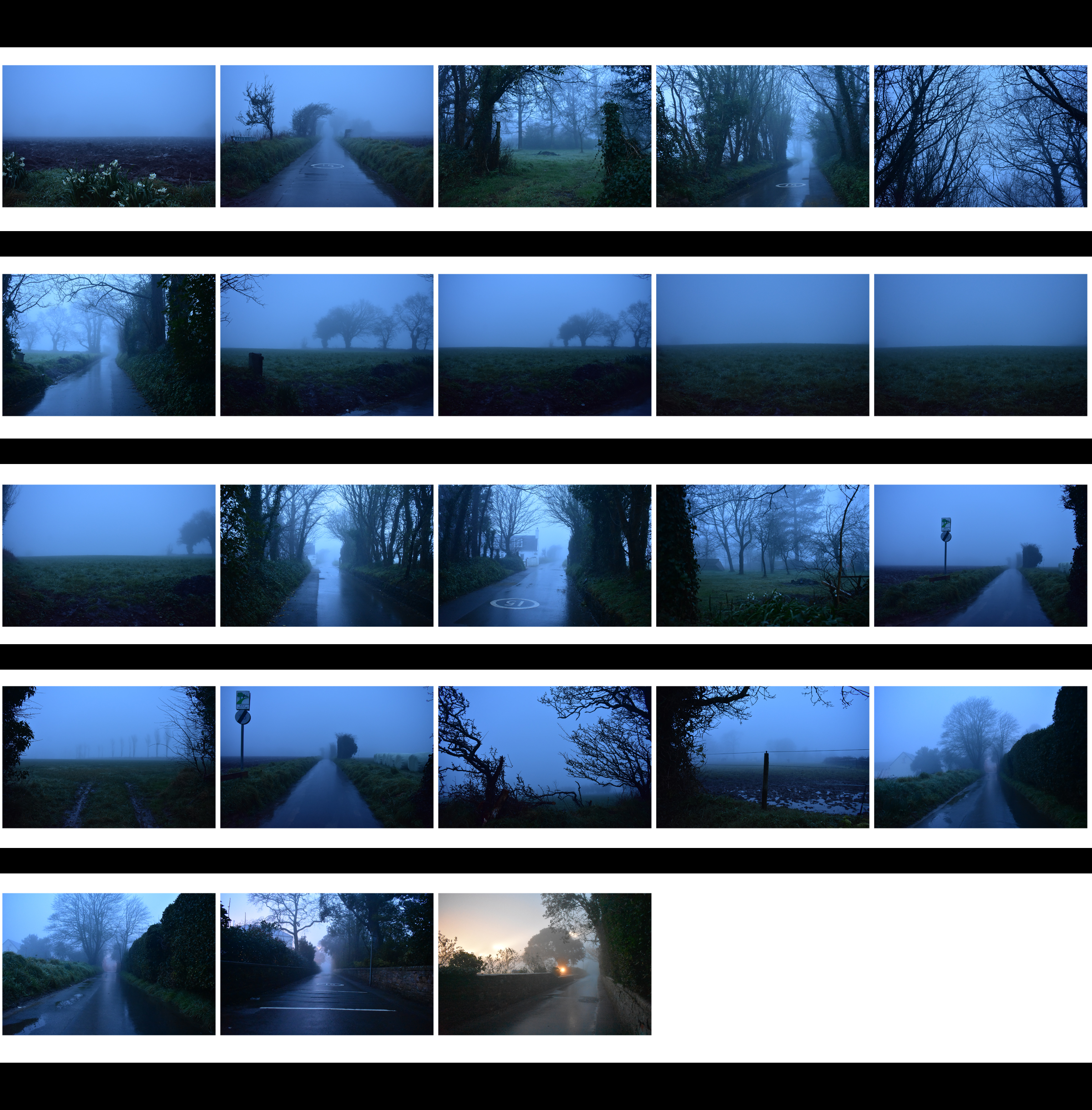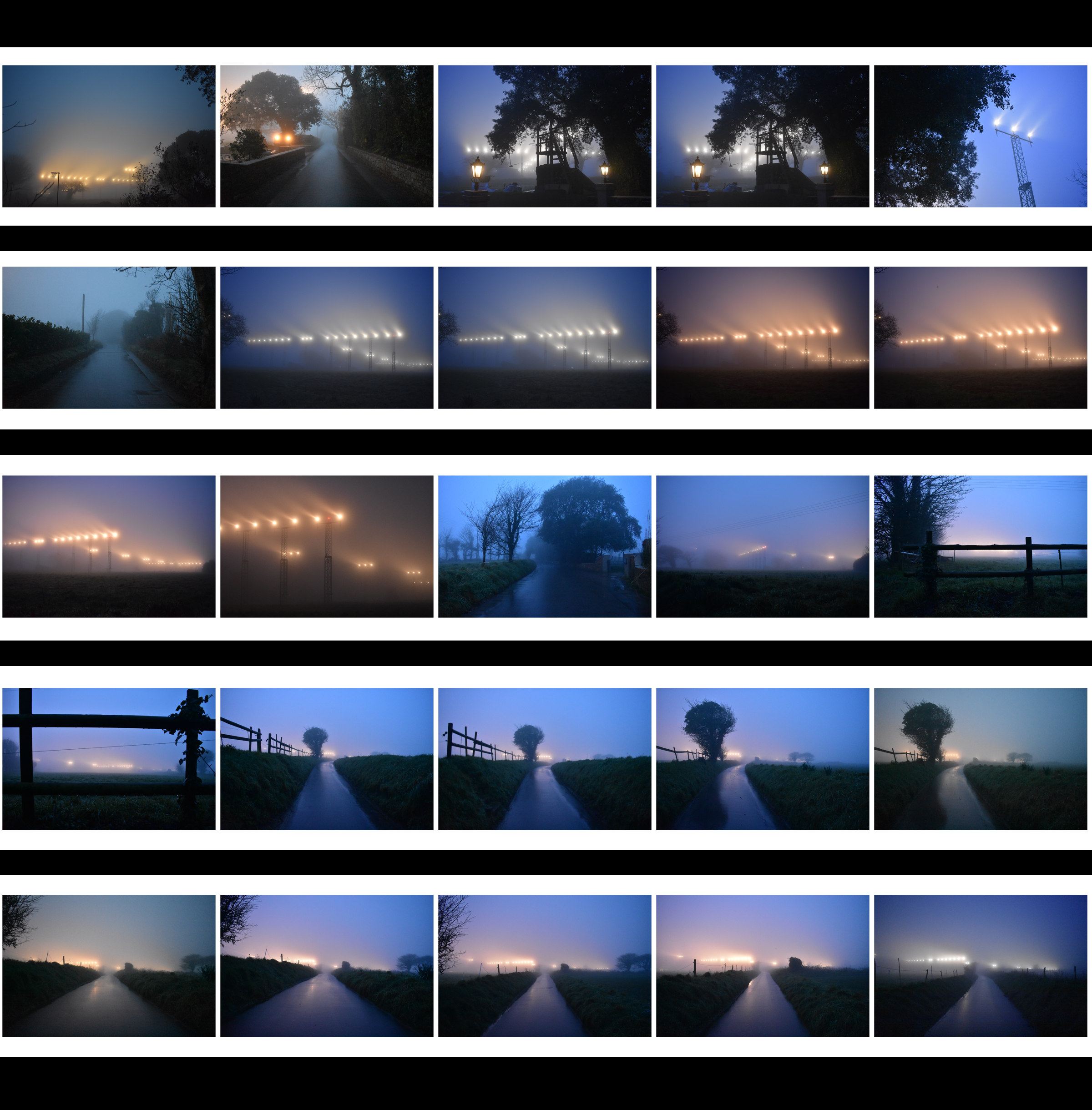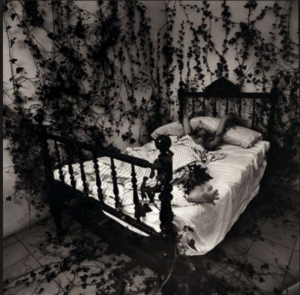typology inspiration:

In my last project I have previously looked upon the old more historical buildings and recording them,however I want to find more interesting and landscape inspired images in which I can also develop.I was also going to develop within how I can use the natural landscape to express the way in which colour and the impact that they have but decided against it because it ill not have a specific relation to the ned of my project.
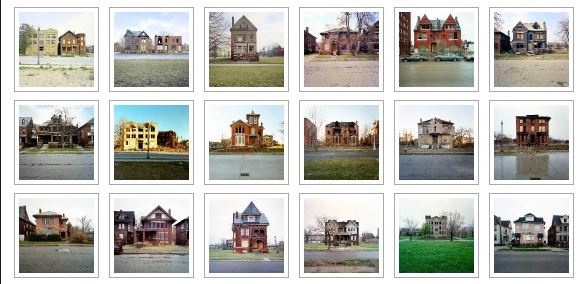
These ideas are much more modern photographers and also fit more into my interest of landscapes within natural and buildings that are purely structural. I think within these images they would allow me to explore more of what I want to develop within my final three weeks.I think this above is a good example of exterminations of the way in which stature and individuals in and areas can e interesting.
I decided to travel around and fine many houses in a similar area that all look very individual but have the same surrounding theme of environment,furthermore for the sunset images I want to capture a strong sense of color within the same beach but different areas and then also expand this to other areas within the island. I think i could show a gradual development of when the sun sets and perhaps even develop panoramic views.
This is my first shoot I discussed previously about my plane for the project,i want to go to many areas in which I can get a strong range of distinctive boiling I want to show no colours so I need to the stutter itself to speak fro all the effectiveness of the building itself.
I have already taken many images of old figures and statues so for this shoot I focused on the aspect of old historic and impressive buildings that have a great impact altogether.
My Images inspired by typology:
Contact sheet of shoot 2:builings and 3:nature/woods:
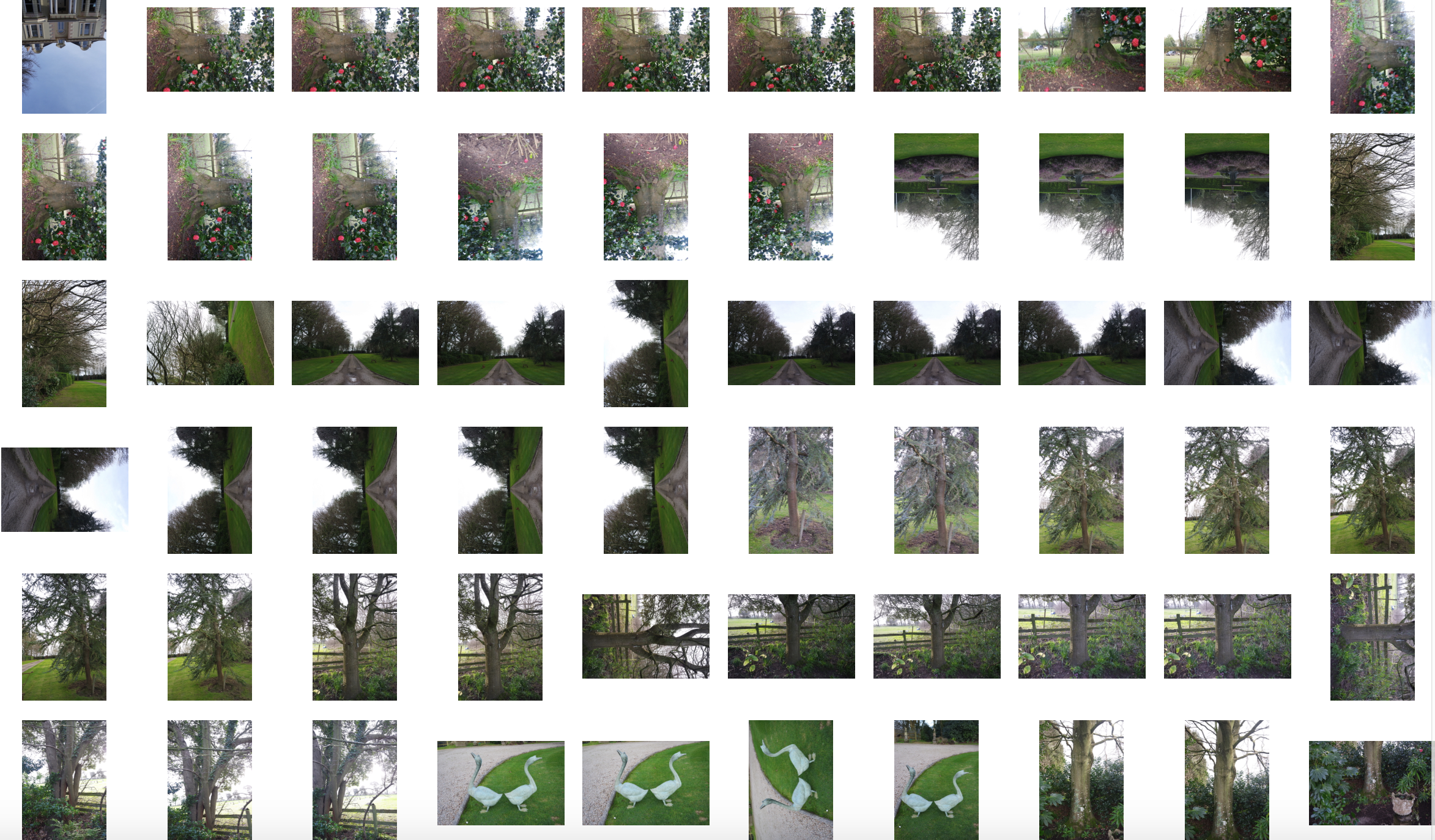
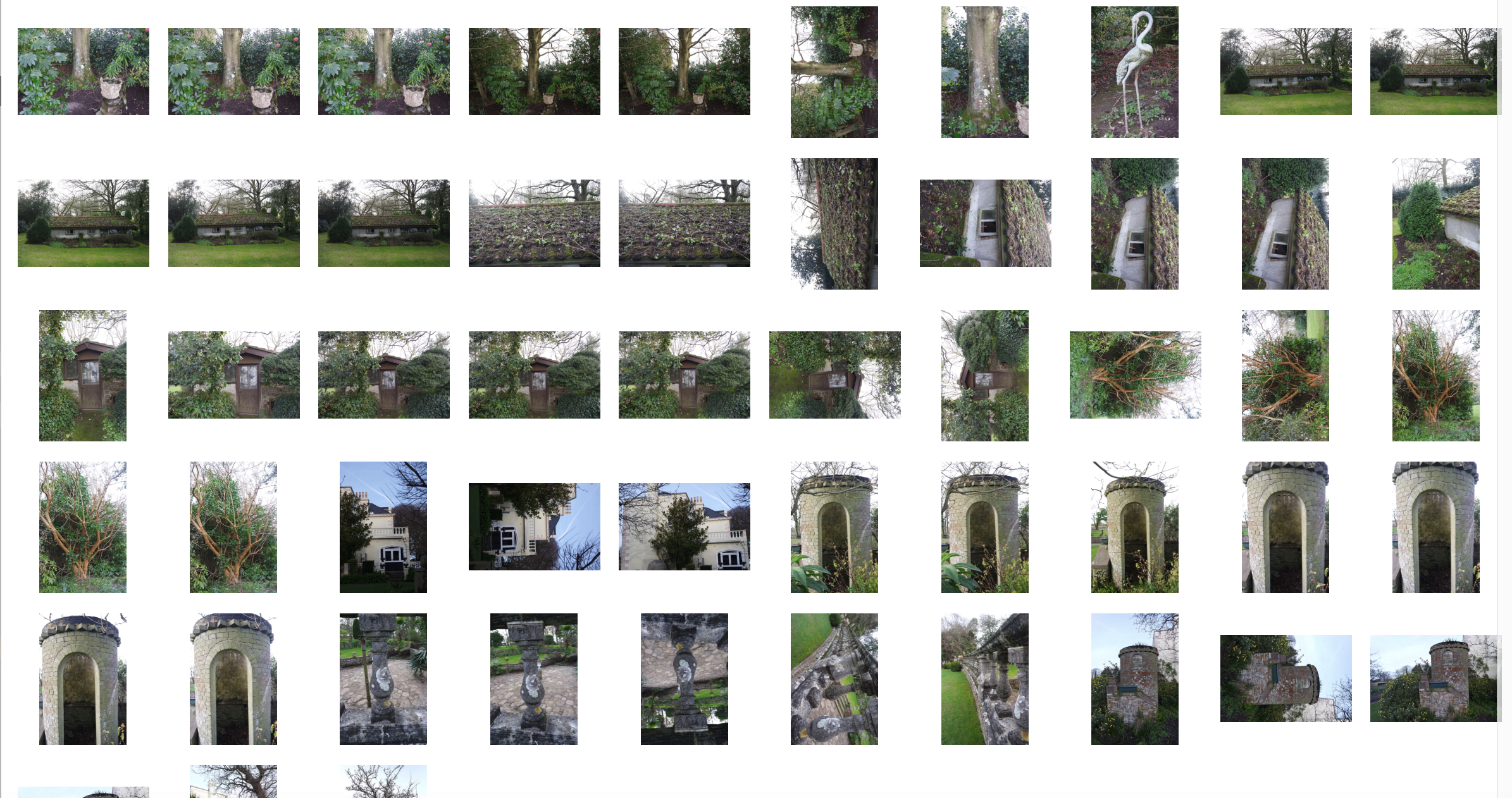
Editing:

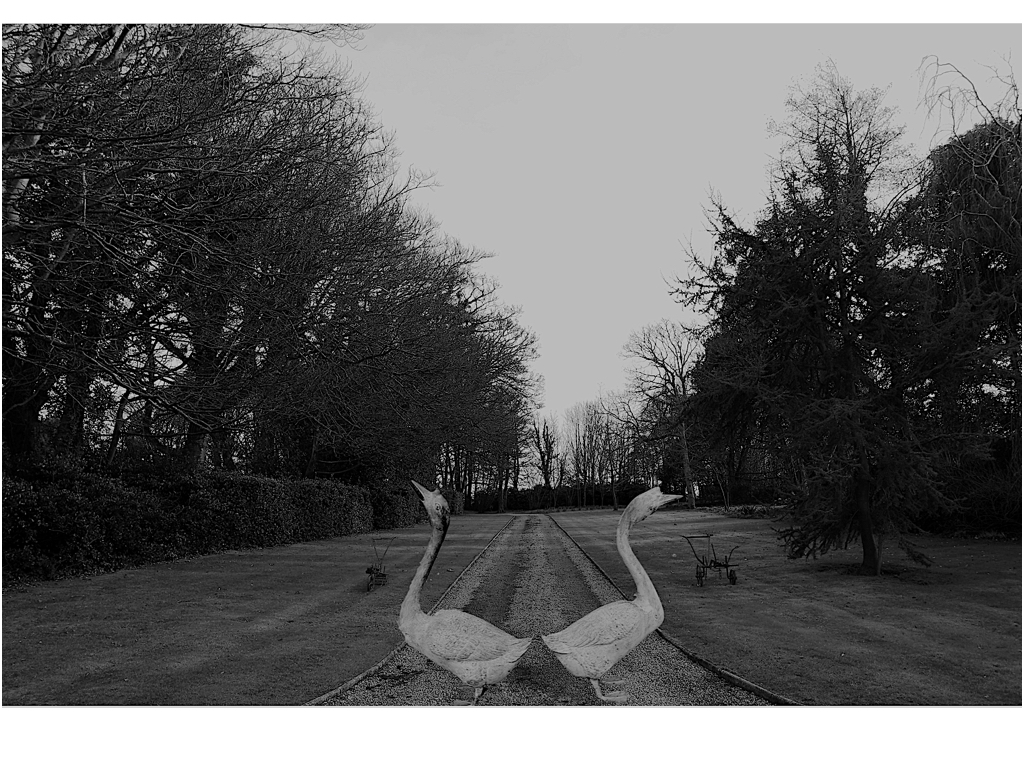

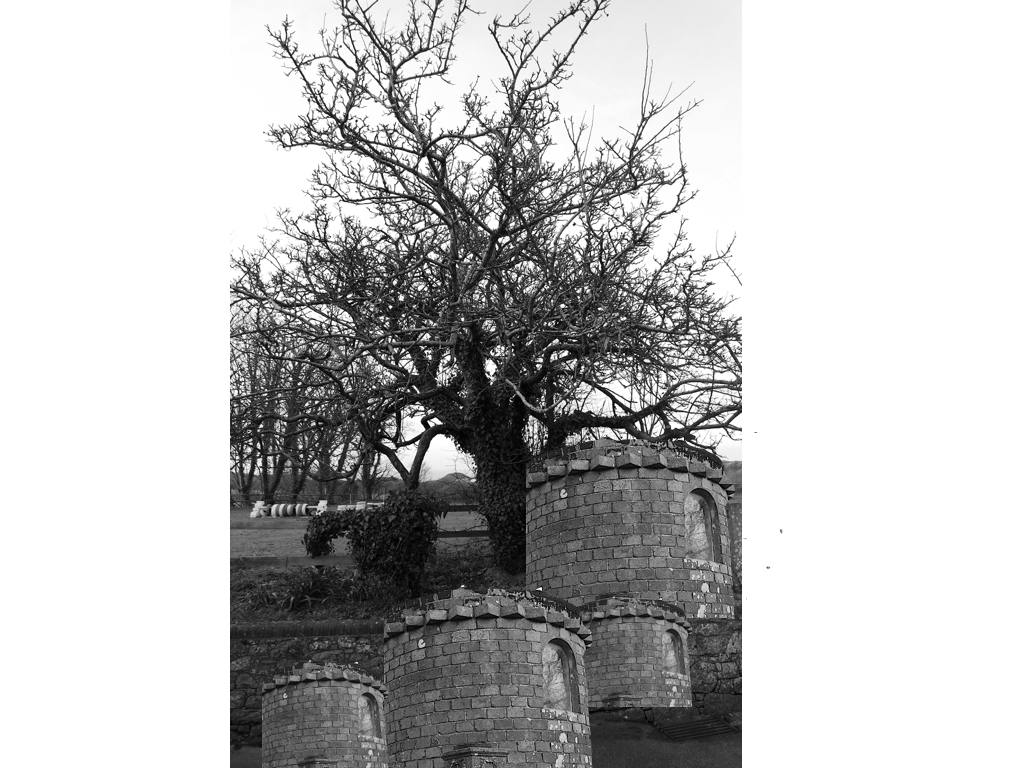
Overall evaluation:
Once again for these images I was inspired by nature being formed with industrial structures and buildings,I wanted to also edit some additional themes of surrealism,althought these images are not edited to completion and will need some additional work.For the nature aspect I wanted to capture large and impactful structures and also the size of the nature itself and how it can compete with the man made structures.


